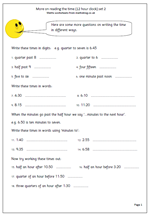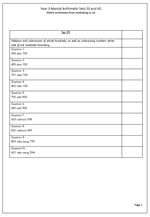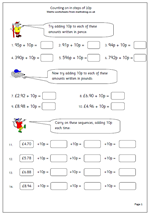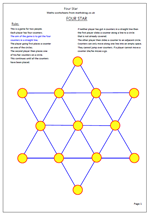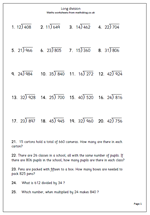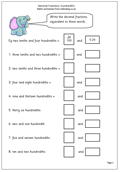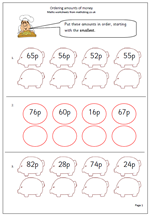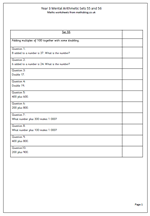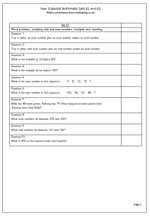 This weeks’ mental arithmetic for year 3 has a variety of questions ranging from odd and even numbers to number sequences.
This weeks’ mental arithmetic for year 3 has a variety of questions ranging from odd and even numbers to number sequences.
The Primary Framework for Mathematics lays great emphasis on odd and even numbers and it is very useful to know the pattern of adding and subtracting odd and even numbers, especially when carrying out quick checks as to whether answers are correct or not.
Children should know that:
an even number plus an even number will give and even number
an even number plus an odd number will give an odd number
an odd number plus an odd number will give an even number.
The same pattern occurs with subtraction.
The term ‘multiple’ is also expected to be understood in year 3 and in this early stage it can be thought of as:
‘a number produced by multiplying a starting whole number by another whole number’. The answers to times tables are excellent examples of multiples.
